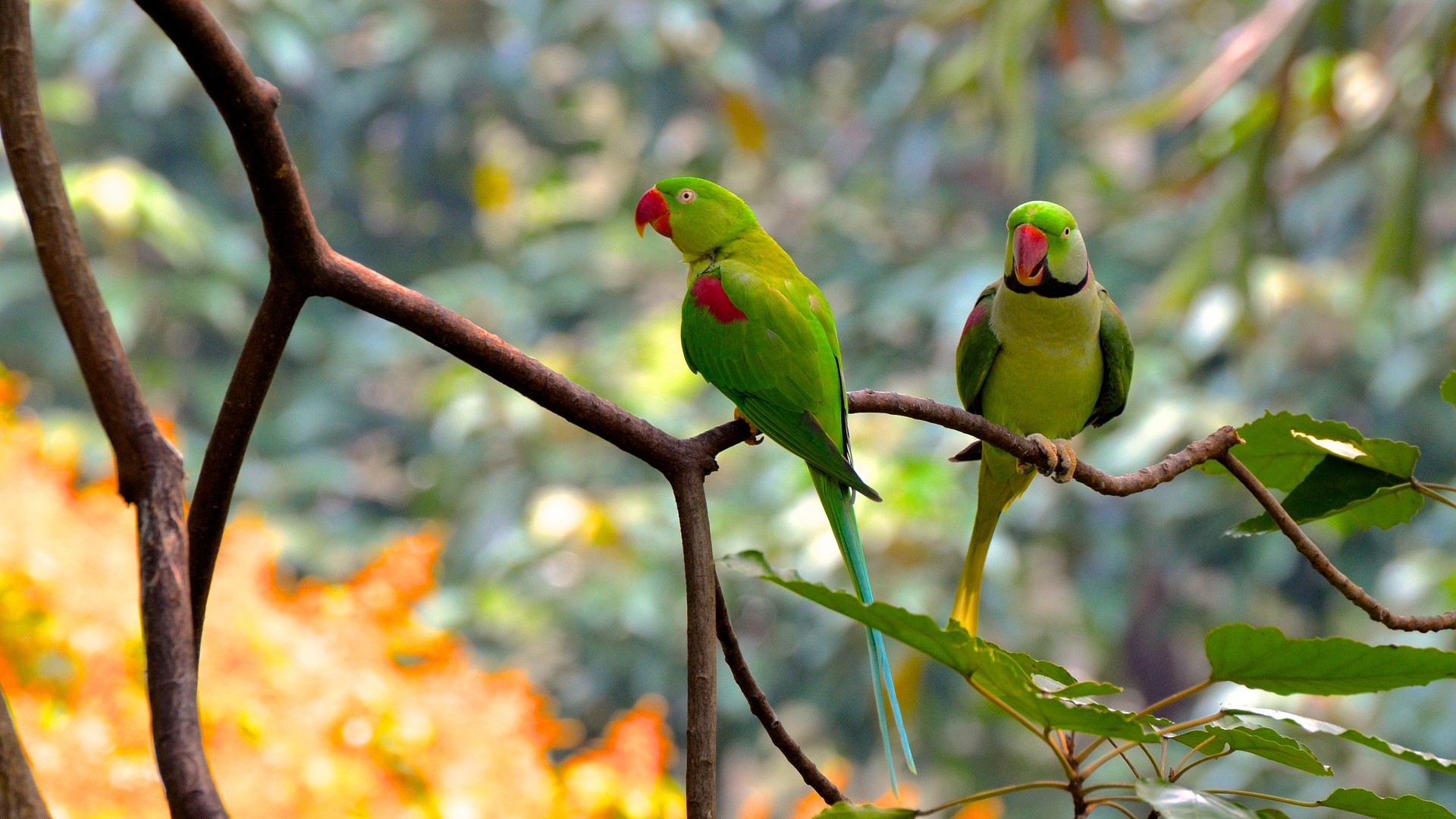2024 UN biodiversity conference falls short of adequately addressing nature and climate emergencies
Despite some notable wins for wildlife, progress by global leaders at COP16 fails to deliver the outcomes and pace of change needed to halt and reverse the loss of nature.

For two weeks in Cali, Colombia, the 16th meeting of the Conference of the Parties to the UN Convention on Biological Diversity (COP16) hosted 23,000 delegates from 196 countries, including over 100 ministers, alongside representatives from civil society, indigenous peoples & local communities, academia, youth and business organisations, among others.

Adeline Lerambert, International Policy Manager
Born Free’s International Policy Manager Adeline Lerambert, who represented Born Free at the meeting, reports on the outcomes.
Two years after the landmark adoption of a global agreement to halt and reverse biodiversity loss by 2030 (the Kunming-Montreal Global Biodiversity Framework, or ‘GBF’), COP16’s primary objective was to assess progress and boost momentum for the global and national implementation of its four goals and 23 targets.
However, COP16, which operated under the banner of ‘making peace with nature’, fell well short of expectations.
Closing after nearly 24 hours of non-stop negotiations on its last day, it still ran out of time to resolve several important issues, as governments failed to agree on revised metrics for the GBF or on a nature financing plan.
The lengthy deliberations throughout the two weeks on resource mobilisation and on a new benefit-sharing mechanism for genetic resources also greatly impeded progress on crucial items pertaining to species protection.
In Cali, Born Free worked closely with the World Federation for Animals and other NGO partners to influence policy decisions relevant to the conservation, health and welfare of wild animals and the protection of their habitats.
These included, among others, legal documents on sustainable wildlife management, biodiversity and health, biodiversity and climate, and the development of mechanisms to monitor the implementation of the GBF, a critical accountability tool for ensuring countries are on course to reach their commitments for wildlife and nature by 2030.
So, can humanity still hope to halt and reverse the loss of nature by 2030?
Healthy thriving wildlife is a catalyst for many positive outcomes. To meet the objectives of the GBF, governments must urgently prioritise their efforts to tackle the nature, climate and health crises at their roots. This entails preventing further unsustainable use and exploitation of wild animals, embedding a recognition of the role of wild animals and their protection across policies, and securing commensurate financing.
Here’s an overview of key take aways for wildlife from COP16:

National efforts to protect wild animals and wider biodiversity must accelerate
Whilst scientists continue to remind us that species are declining and ecosystems are being destroyed at alarming and ever-accelerating rates worldwide, nearly 80% of the world’s governments that have signed up to the GBF are yet to share their formal plans on how to meet targets designed to stop wildlife extinctions and restore the natural world for present and future generations.
Despite so many governments being blatantly off-track, COP16 did not provide clear incentives for those countries to move in the right direction for the sake of animals, nature and people.
Progress to monitor actions to protect biodiversity is insufficient
Arguably even more worryingly, governments failed to agree on updating the common set of indicators needed to track progress towards reaching the GBF targets. They also failed to seriously address the outstanding gaps.
For example, governments are currently provided little to no guidance on how to assess whether any use or trade of wild species, both terrestrial or marine, is legal, ecologically sustainable and safe for human and animal health. Such omissions are bound to have severe implications on progress towards achieving the goals and targets established in the GBF.
The newly adopted global action plan to jointly protect wildlife and human health is a critical step forward
Among the positive outcomes of COP16 is the adoption, after four years of negotiations, of a voluntary set of actions aimed at mainstreaming links between wildlife protection and human health.
Among other things, this plan encourages governments among others, to improve national regulations to limit pathogen spillover – the transmission of viruses from animals to humans – in wildlife use and management practices, including wildlife farming and commercialisation. It also promotes cross-sectoral collaboration in line with the One Health approach, which is essential to strengthen capacity for health surveillance and prevention of future diseases of zoonotic origin (transferring from animals to people), such as the Covid 19 pandemic.
Increasing synergies between wildlife and climate actions is a welcome breakthrough
Another notable win for wild animals is the adoption of a Decision recognising that protecting and restoring ecosystems and species is vital to adapt to and mitigate the impacts of climate change.
Strengthening cooperation between those working on climate and biodiversity, and particularly among the so-called ‘Rio Conventions’ that aim to address these issues at an international level, represents a progressive development in global efforts to address the interlinked planetary crises.
What comes next?
Born Free will build on progress made at COP16 and continue to advocate, alongside like-minded partners, for effective measures at both global and national levels, that advance the protection, health and welfare of wild animals.
It is anticipated that COP16 will reconvene to finalise its proceedings, and COP17 will take place in Yerevan, Armenia in 2026. Born Free will continue to engage with decision-makers at and between these key meetings.
With only six years left to fulfil their commitments to sustain life on Earth by 2030, all governments and stakeholders must shift into high gear without further delay.
